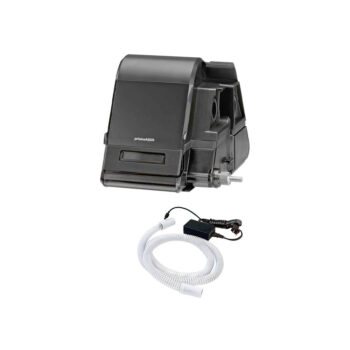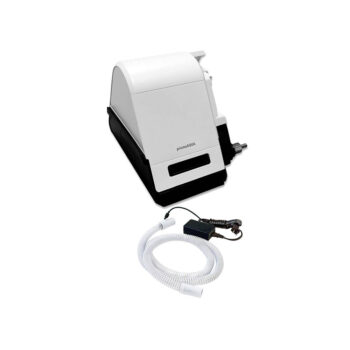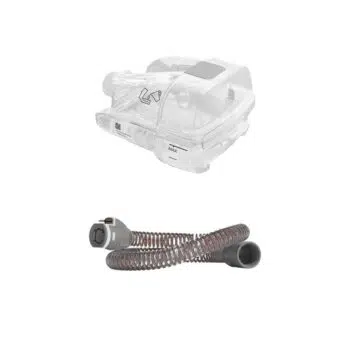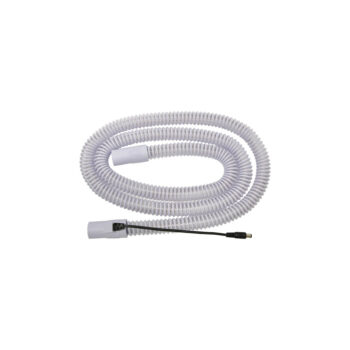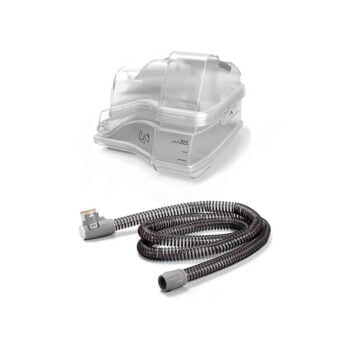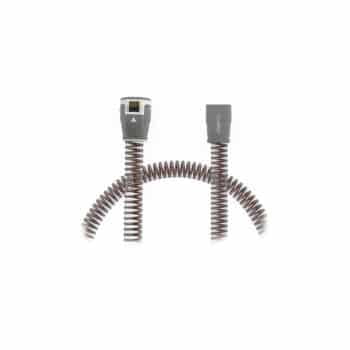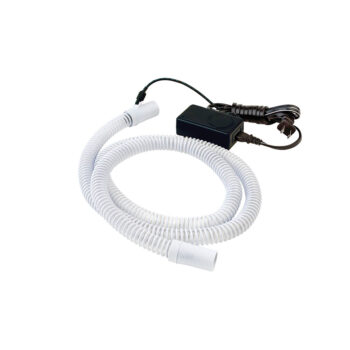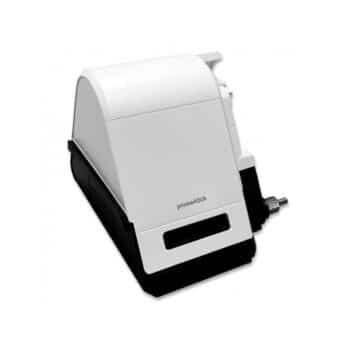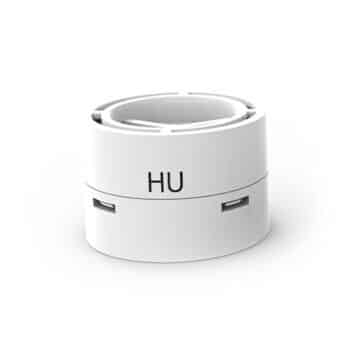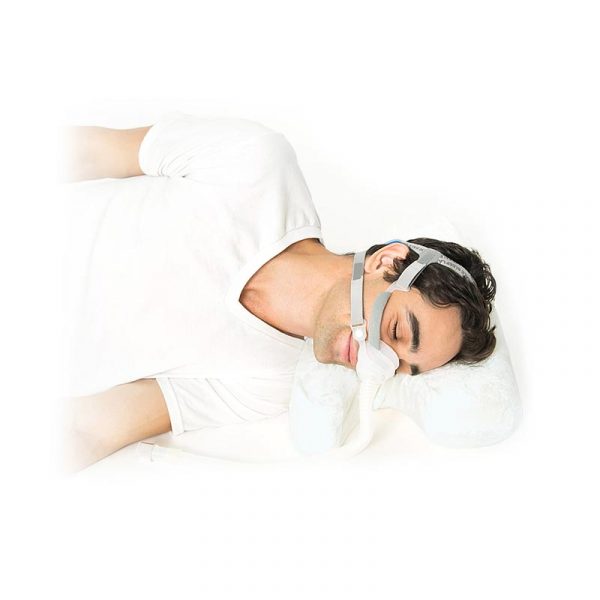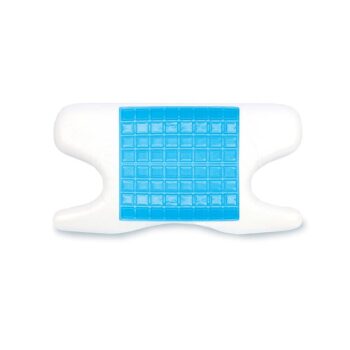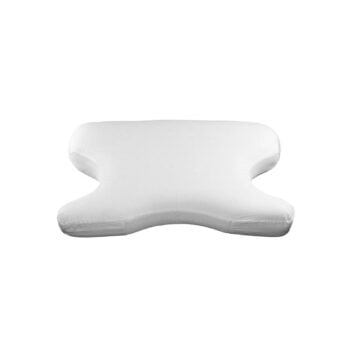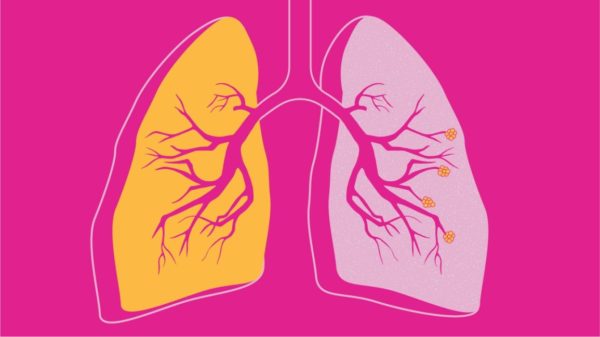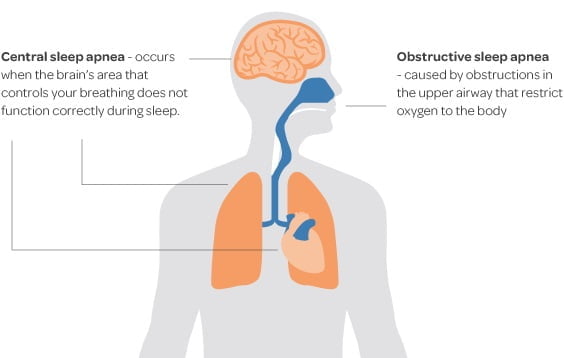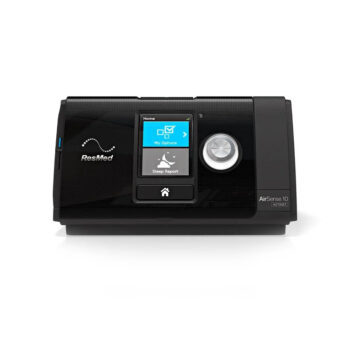If you’re using a ResMed AirSense CPAP machine for your sleep apnea therapy, you’ve likely come across the term “MyAir.” This innovative feature from ResMed is designed to make managing your CPAP therapy easier, more informative, and more personalized. But what exactly is MyAir, and how does it work with your AirSense machine? In this article, we’ll break down everything you need to know about MyAir, its features, and how it can enhance your sleep therapy experience.
Understanding MyAir
MyAir is an intuitive online support platform developed by ResMed, specifically designed for users of their AirSense CPAP machines. It’s accessible via a web portal or a mobile app, allowing you to monitor your sleep therapy progress from anywhere(in supported countries only). MyAir offers a detailed look at your nightly CPAP usage, providing insights and feedback that help you optimize your therapy and stay motivated.
Whether you’re new to CPAP therapy or a seasoned user, MyAir serves as a valuable companion, helping you make the most out of your AirSense machine.

Key Features of MyAir
- Daily Sleep Score: One of the most popular features of MyAir is the daily sleep score. Each morning, you receive a score out of 100 that reflects the quality of your CPAP therapy from the previous night. This score is based on several factors, including how many hours you used your machine, how well your mask fit, the number of apnea events you experienced, and how often you removed your mask during the night.
- Personalized Coaching: MyAir provides customized tips and feedback based on your sleep score and therapy data. If your score drops or you encounter issues such as mask leaks, MyAir offers practical advice on how to improve your therapy. This feature is especially helpful for new users who may need extra guidance in adjusting to CPAP therapy.
- Detailed Therapy Data: For those interested in digging deeper, MyAir provides access to detailed therapy data. This includes information on your usage hours, the quality of your mask seal, and your apnea-hypopnea index (AHI), which measures the number of apnea events per hour. This data can be invaluable when discussing your therapy with your healthcare provider, allowing for more informed adjustments to your treatment plan.
- Progress Tracking: MyAir keeps a log of your therapy data over time, allowing you to track your progress. You can see trends in your sleep patterns, which can help you and your healthcare provider determine the effectiveness of your therapy and make necessary adjustments for optimal results.
- Remote Monitoring by Healthcare Providers: With your consent, MyAir allows your healthcare provider to remotely monitor your therapy. This means they can access your therapy data in real-time, providing timely interventions if issues arise, which can lead to better therapy outcomes.
- Achievements and Encouragement: MyAir gamifies your therapy experience by awarding badges for milestones, such as consecutive nights of usage or reaching a certain number of usage hours. This gamification adds an element of fun and motivation to your therapy, helping you stay engaged and consistent.
How MyAir Works with AirSense Machines
ResMed’s AirSense machines come equipped with built-in cellular connectivity, which allows them to automatically sync with the MyAir platform. This means that each morning, your therapy data from the previous night is uploaded to MyAir without any additional effort on your part. Here’s how to get started:
- Create a MyAir Account: To start using MyAir, you’ll need to create an account. You can do this by visiting the MyAir website or downloading the MyAir app on your smartphone. During the setup, you’ll be asked to enter the serial number of your AirSense machine, which can be found on the device itself.
- Connect Your Device: Once your account is set up, your AirSense machine will begin automatically transmitting data to your MyAir account daily. This seamless integration ensures you always have the most up-to-date information about your therapy.
- Monitor and Improve: With MyAir, you can log in daily to check your sleep score, review detailed therapy data, and follow personalized tips to improve your therapy. This ongoing feedback loop helps you stay on top of your CPAP therapy and make adjustments as needed.
Benefits of Using MyAir
MyAir offers several key benefits for CPAP users:
- Enhanced Therapy Management: By providing detailed insights and personalized feedback, MyAir helps you better manage your CPAP therapy, leading to improved outcomes.
- Increased Motivation: The daily sleep score and achievement badges provide ongoing motivation, encouraging you to stay consistent with your therapy.
- Early Issue Detection: MyAir can alert you to potential issues, such as mask leaks or low usage hours, allowing you to address these problems before they affect your therapy’s effectiveness.
- Convenient Access to Data: Whether you’re at home or on the go, MyAir allows you to access your therapy data anytime, anywhere, making it easy to stay informed.

Conclusion
MyAir is more than just a companion app for your ResMed AirSense CPAP machine; it’s a comprehensive tool that empowers you to take control of your sleep therapy. By offering real-time feedback, personalized coaching, and detailed insights into your therapy, MyAir helps ensure that your treatment is as effective and comfortable as possible. If you’re using an AirSense machine, leveraging MyAir can make a significant difference in your therapy journey, helping you achieve better sleep and overall health.

